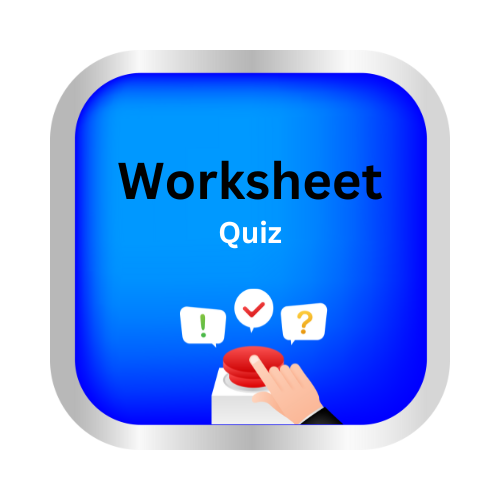Choose between personal and reflexive pronouns
Key Notes:-
📝 Personal & Reflexive Pronouns
| What are Personal Pronouns? |
Personal pronouns are words we use instead of a noun (person, place, or thing).
| Pronoun | Use | Example |
|---|---|---|
| I 🧑 | Talking about yourself | I am happy. |
| You 👧🧒 | Talking to someone | You are kind. |
| He 👦 | Talking about a boy | He plays football. |
| She 👧 | Talking about a girl | She reads a book. |
| It 🐶 | Talking about a thing/animal | It is cute. |
| We 🧑🤝🧑 | Talking about yourself + others | We are friends. |
| They 🧑🤝🧑👦 | Talking about others | They are playing. |
| What are Reflexive Pronouns? |
Reflexive pronouns are used when the subject and object are the same.
| Pronoun | Example |
|---|---|
| Myself 🪞 | I hurt myself. |
| Yourself ✨ | You did it yourself. |
| Himself 👦 | He made himself a sandwich. |
| Herself 👧 | She looked at herself in the mirror. |
| Itself 🐱 | The cat cleaned itself. |
| Ourselves 🧑🤝🧑 | We enjoyed ourselves at the party. |
| Themselves 👦👧 | They taught themselves. |
| Tips to Choose the Right Pronoun ✅ |
If the pronoun replaces the subject → use personal pronoun.
- Example: 🏀 She plays basketball.
If the pronoun refers back to the subject → use reflexive pronoun.
- Example: 🪞 She looked at herself in the mirror.
Reflexive pronouns often end with “-self” or “-selves”.
| Fun Examples with Emojis |
- I 🧑 cut myself 🪞 while cooking.
- You 👧 can do it yourself ✨.
- He 👦 taught himself to ride a bike 🚴.
- We 🧑🤝🧑 enjoyed ourselves at the park 🌳.

